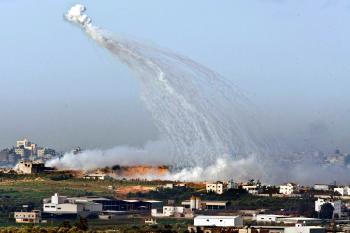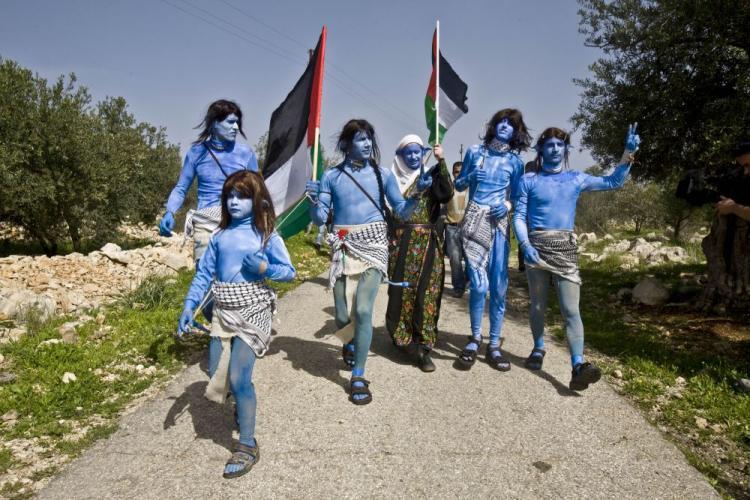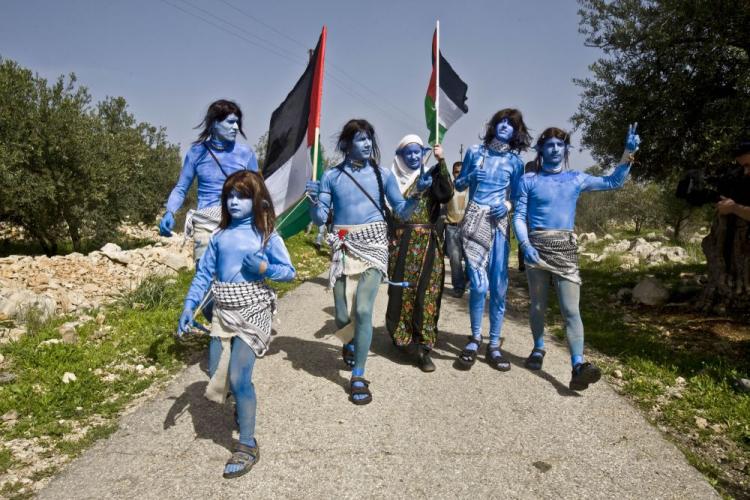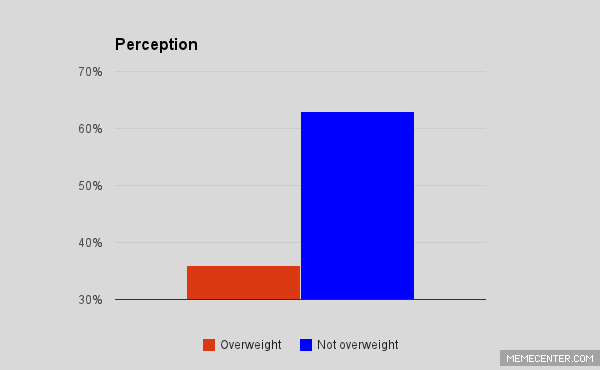Marked by a creative approach and high profile in the media, this kind of protest—defined as “nonviolent”—is now spreading to other regions in the West Bank. It has even been adopted by the Palestinian Authority as a strategy for struggle.
In 2007, the Israeli High Court ruled that the existing route of the security fence between Israel and the West Bank should be changed. Last week, the groundwork started. A large protest numbering in the thousands is planned to take place this coming Friday to mark the success of Bil’in protesters. Before the fence was completed, protesters used to block construction machinery with their bodies, and stone throwing events are common.
According to Iyad Burnat, from the Bil‘in Popular Committee, the protest against the fence was successful since it managed to convey to the world the message of the residents of Bil’in: the wall is not a security wall, it is a wall meant to annex land belonging to the villagers.”
“We did not trust the Israeli High Court, but we trusted our struggle,” said Burnat. “We believe in our way and we are right, we continue.”
According to Burnat, the protesters are always looking for new and creative ways for protest. Last week, they dressed up as characters from the movie Avatar.
“We convey our message quickly and show the violence of the Israeli soldiers when they attack the nonviolent protests and shoot people,” said Burnat.
Similar, yet less famous protests, are taking place in many other villages in the West Bank, in villages like Jouyoush, Ma'asra, Burin, and more. In some cases damage was done to the fence. The Israeli Defense Force’s (IDF) attempts to stop the demonstrations frequently resulted in injuries and in a few isolated cases, death.
Official Support
Recently, the political leadership of the Palestinian Authority also started to notice this form of action and adopt it. The president of the Palestinian Authority, Mahmoud Abbas, openly called to adopt it and politicians are participating in some of the protests.
In a speech given at the convention of the Fatah Revolutionary Council on Jan.16, Abbas called on senior Fatah figures to “go into the field” to participate in protests.
Others have also joined in the trend.
“Fatah will continue to support and take part in these tranquil demonstrations against the fence and the occupation in all the cities and villages,” said Tawfiq Tirawi, a member of the Palestinian Liberation Organization (PLO) Central Committee, according to a weekly report issued by the Intelligence and Terrorism Information Center, an Israeli NGO. Among the high-ranking officials who participated in protests like these in the last month are members of the Fatah Central Committee as well as cabinet ministers from the Palestinian Authority, according to the report.
In addition, the Palestinian Authority affiliated press has recently published many articles encouraging the continuation of the popular protest activity.
Last week, after an Israeli soldier was stabbed to death by a Palestinian policeman, the Palestinian prime minister denounced the attack and emphasized that the desired form of struggle is a nonviolent one.
“Our people are united behind popular protest against the settlements, the fence, and the settlers’ attacks,” said Fayyad, according to the Israeli media.
Palestinian President Abbas also made similar statements to the press.
“Certainly, the public has the right to protest. The people of [the villages] Ni‘lin and Bil’in have the right to come out and voice their opposition to the fence,” said Abbas in an interview with Al Sharq Alawsat Newspaper, according to a transcript published by the Palestinian Media center. “The residents of Jerusalem have the right to demonstrate against the occupation and destruction of their homes. But I repeat, I reject [the use of] military force because it will destroy us. I will not have the land destroyed again now that it has been rebuilt.”
Changing the Rules of the Game
In addition to officials, those on the far left are applauding the wall being moved, but reiterating the need to keep the pressure on.
“Re-routing the wall is a big success for the struggle,” said Yonatan Polack, from Anarchists Against the Wall, an Israeli far left organization that takes part in the protests. “But it is important to remember that this is only a partial success. Even the new route will be built on some of the village’s lands. The struggle will continue, in Bil'in and in other places.”
When asked why the protests have succeeded, he said nonviolent protest makes it hard on the soldiers to operate.
“This kind of struggle sets an alternative to the violence of the military,” said Polack. “The military is good in handling military challenges, but it is not that good in how it treats civilians. Participation of civilians in protest against the occupation makes a hard time for the army. The nature of the movement does not allow the army to react as it is used to, and thus changes the rules of the game.”
In recent months the IDF has stepped up its crackdown on protests in Bil‘in and in other villages, according to Iyad Bunrat of the Bil’in Popular Committee, who says the approach frightens the Israeli military. “Everyone in the world sees what is happening here,” says Bunrat. “They (Israel) feel this way can break them.”
In addition to protests, villagers are also waging a legal battle against Israel. In 2009, residents of the village petitioned a Canadian court against two construction companies who are said to be taking part in construction work in a nearby settlement. According to the village’s Web site, there is a campaign to bring Israeli officials to the International Criminal Court in The Hague.
It is hard to discern to what extent popular struggle is a policy and to what extent the politicians are embracing something after it started. With the negotiations almost at a complete stall, popular protest could simply be another way to pressure Israel.







Friends Read Free